Center for Frontier Medical Engineering, Chiba University
Laboratory for Human Science and Biomedical Engineering (Nakagawa & Ostuka Lab)
JP
We arestudying about perception mechanisms of humans, mainly audition, using various techniques; non-invasive neurophysiological measurements like MEG, EEG and other electrophysiological recordings, psychological measurements, physical measurements, and numerical simulations. Further, I am applying knowledge and information obtained in the basic research on the perception mechanisms to developments of medical and welfare devices, optimization of audio-visual environments, and evaluation and "sound design" of sound noises.
Current main themes:
- Elucidation of mechanisms of sensation/perception/cognition of humans using noinvasive measurements and its applications to optimization of the living space
- Measurements of brain activities using MEG, EEG, and fMRI
- Optimal design of visual and auditory environment using psychological and neurophysiological data
- Developments of brain-machine interface techniques
- Developments of data analysis techniques for MEG and EEG
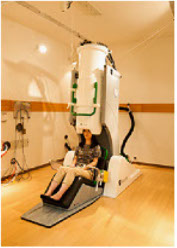
MEG measurement (Collaboration with AIST and Univ. of Tokyo)
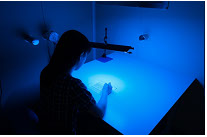
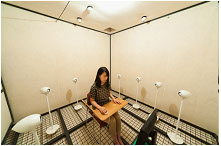
Psychological experiments
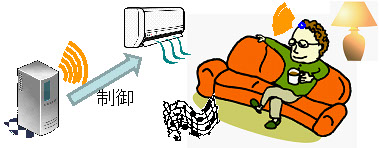
Application for the brain-machine interface
- Elucidation of neurophysiological/psychological/physioacoustical mechanisms of bone-conduction perception and its applications to welfare devices
- Study on the neurophysiological mechanism and psychoacoustical/physiologoical characteristics of bone-conduction perception, including bone-conducted uitrasonic (BCU) perception and pinna-conduction perception in human
- Development of bone-conducted ultrasonic hearing aid (BCUHA) for the profoundly hearing impaired
- Development of pinna-conduction smartphone
- Developments of other welfare and medical equipments using bone-conduction technique
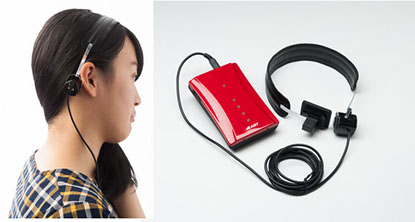
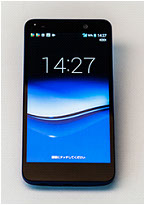
Bone-conducted ultrasonic hearing aid (BCUHA) for the profoundly hearing impaired
Pinna-conduction smartphone (Kyocera Digno)
- Clarification of mechanisms of "Over-looked hearing loss"
- Measurements of oto-acoustic emission (OAE) and electrophysiological responses associated with human hearing
- Development of techniques for diagnosis of the over-looked hearing loss
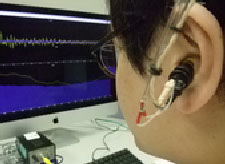
OAE measurement

© 2016 Chiba University Nakagawa & Otsuka Laboratory